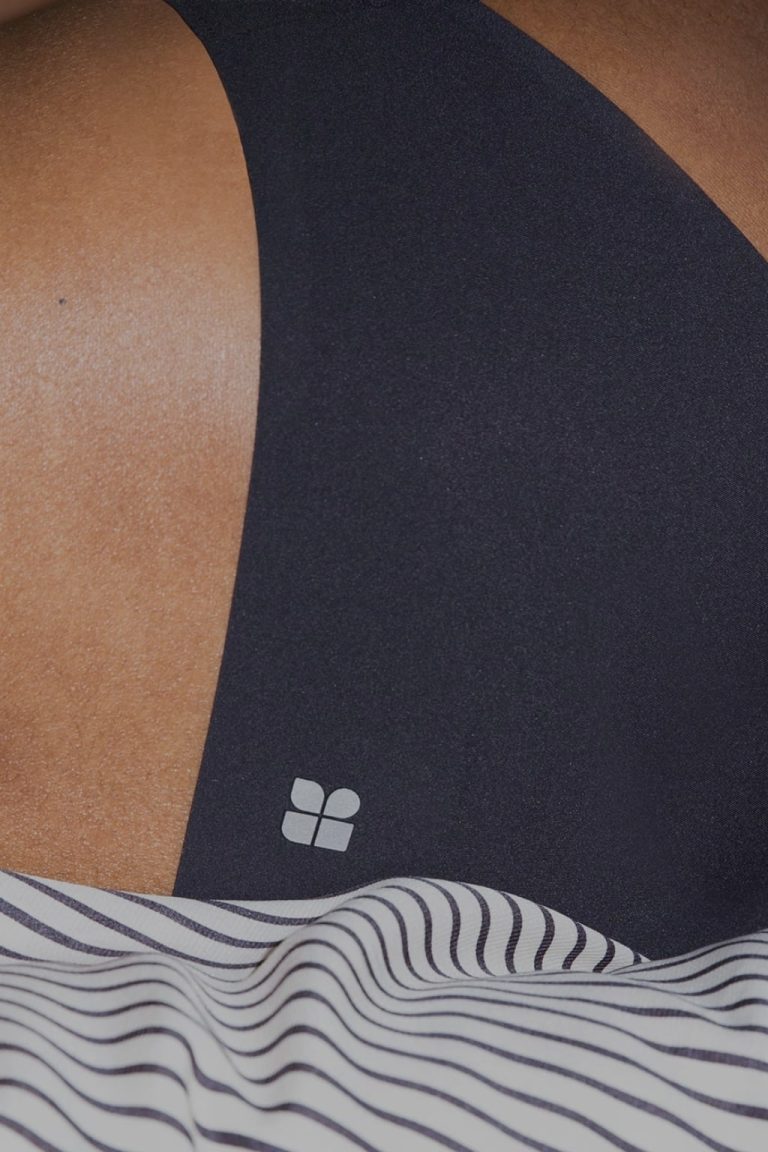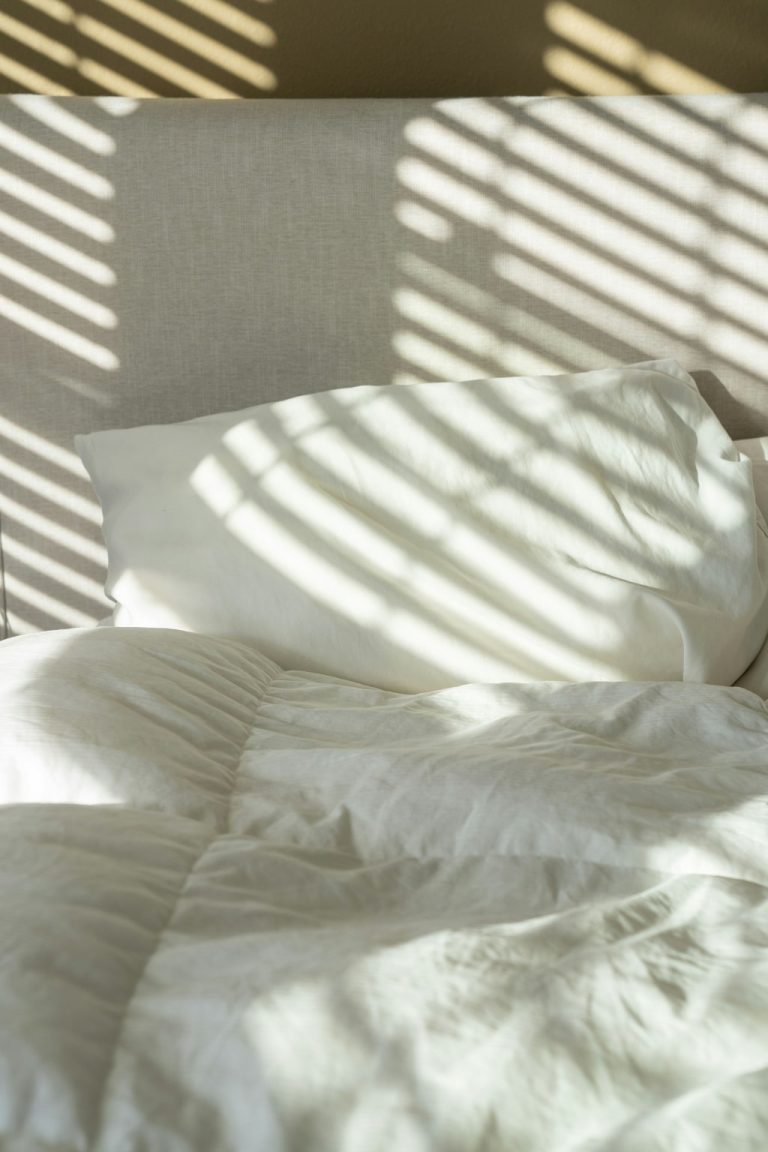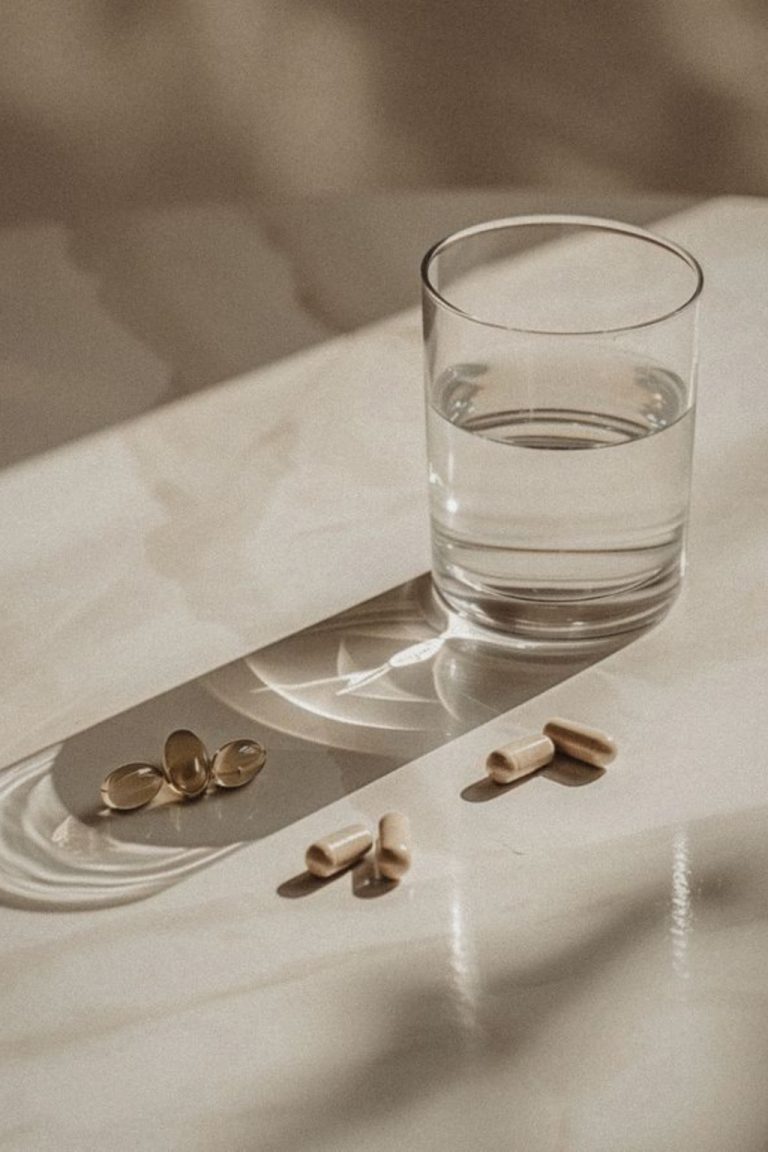The truth about cold plunges and female hormones
Cold plunges are marketed as a universal tool for energy and resilience, yet most research behind cold exposure is based on male physiology. Female hormonal patterns change the way the body responds to cold stress, from cortisol sensitivity to metabolic rate and dopamine signalling. Understanding these differences separates useful cold exposure from methods that create unnecessary strain.
This is a research grounded look at how cold immersion interacts with female hormones and how to use it safely.
How cold activates the stress response
Cold exposure rapidly stimulates the sympathetic nervous system. This increases adrenaline, noradrenaline, and dopamine. Research from the Arctic university of Norway found that brief cold immersion can raise noradrenaline by up to 200% and dopamine by more than two hundred and 50%. These changes can improve alertness and mood.
Cold also increases cortisol. In women with high stress, poor sleep, or irregular cycles, this rise can compound existing load. Because cortisol sensitivity varies across the menstrual cycle, the same cold plunge can feel energising one week and overwhelming the next.
Try this
- Use cold exposure on mornings when baseline stress is low.
- Keep sessions short to avoid unnecessary cortisol spikes.
- Track mood and energy one hour after cold exposure.
How the menstrual cycle changes cold tolerance
Female hormones influence metabolic rate, internal temperature, and stress sensitivity. These factors shift cold tolerance through the month.
During the follicular phase, oestrogen is rising and body temperature is lower. Studies in thermoregulation show that women experience reduced perceived stress from cold exposure during this phase. Cold feels more stimulating and less depleting.
During the luteal phase, progesterone raises body temperature by up to half a degree. Research shows that this increases cortisol reactivity and reduces cold tolerance. The same cold plunge that felt energising earlier may feel more draining.
Try this
- Use cold exposure in the follicular phase when stress tolerance is naturally higher.
- Shorten or skip plunges in the late luteal phase.
- Record cycle phase alongside cold exposure outcomes.
Cold exposure and menstrual regularity
Cold plunges do not disrupt the menstrual cycle directly. The concern is the cortisol response in women sensitive to stress. Research in reproductive endocrinology shows that chronic stress can delay ovulation and shorten the luteal phase.
Short, controlled cold exposure does not cause these changes. Repeated or extreme cold exposure combined with high life stress may contribute to irregular cycles.
Try this
- Keep cold sessions brief during high stress periods.
- Avoid strong cold exposure during severe PMS.
- Use cold as a tool, not a challenge.
Thyroid function and cold stress
Cold exposure increases metabolic rate by activating brown adipose tissue. This requires thyroid involvement, particularly T3.
A study in Frontiers in Endocrinology found that cold exposure increases thyroid hormone conversion and metabolic demand. For women with low thyroid function, this increased demand can feel tiring rather than energising.
Try this
- Use shorter, moderate cold sessions if thyroid function is low.
- Rewarm gradually after exposure.
- Monitor energy over forty eight hours rather than just immediately.
Dopamine and cognitive effects
Cold exposure increases dopamine sharply. Research shows levels remain elevated for hours, improving focus and motivation.
However, dopamine sensitivity changes across the cycle. Studies in behavioural neuroscience show that luteal phase dopamine receptor sensitivity is lower, which means cold exposure may feel less mentally uplifting.
Try this
- Use cold exposure to support focus during the follicular phase.
- Adjust expectations during the luteal phase.
- Track the consistency of cognitive benefits.
Cold exposure and inflammation
Short cold exposure reduces inflammation through vasoconstriction and increased norepinephrine. Research in European Journal of Applied Physiology shows that cold immersion decreases inflammatory cytokines, improving recovery and mental clarity.
For women with high baseline inflammation or autoimmune tendencies, cold can be helpful but should remain brief to avoid overactivation.
Try this
- Use brief cold sessions for reducing inflammation post workout.
- Avoid extreme exposure that places unnecessary load on the immune system.
- Pair cold with adequate recovery rather than more stressors.
Using cold exposure effectively
Cold exposure works best when used strategically rather than habitually.
Try this
- Keep plunges between thirty seconds and two minutes.
- Prioritise quality of exposure over duration.
- Stop before shivering becomes intense.
Who should be cautious
Cold exposure may strain the system if you experience:
- chronic fatigue
- irregular cycles
- low thyroid function
- high perceived stress
- insomnia
Try this
- Start small.
- Use cold only when energy is steady.
- Consider professional support if you have complex hormonal patterns.
Final thoughts
Cold plunges are effective when they support your biology, not override it. Female hormones shape stress tolerance, dopamine response, and metabolic load, which means cold exposure should be adjusted across the cycle rather than applied uniformly. Used intentionally, cold can improve clarity and resilience. Used without awareness, it can add unnecessary stress. The goal is simple: work with your physiology, not against it.
This article is intended for informational purposes only, whether or not it includes insights from medical professionals. It is not a substitute for professional medical advice, diagnosis, or treatment. Always consult a qualified healthcare provider with any questions you may have regarding a medical condition. The opinions shared are those of the contributor and do not necessarily reflect the views of Sokoru.






